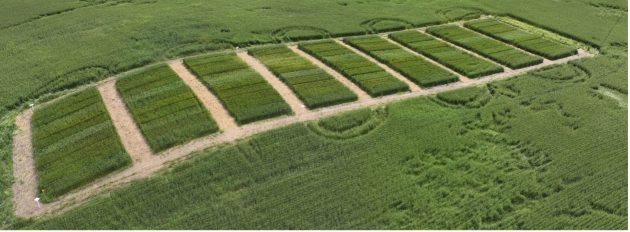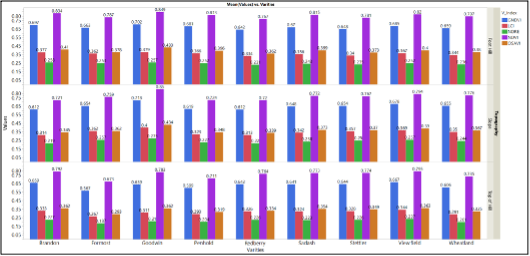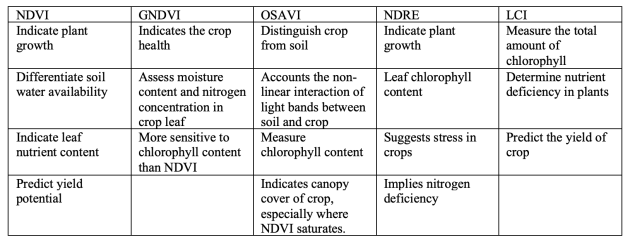
News
Sponsored
Quantification of the impacts of excess heat and water stress on wheat genotypes at variable topographies by using drone technology
October 10, 2022 Sponsored by Battle River Research Group

Figure 1. Research site of Battle River research group, 2022
The topography of agricultural landscapes modifies the crop environment changing the fluxes of water and energy, increasing the risk to agriculture systems, and becoming more stressed under excess heat and drought. To quantify how wheat production at different topography will be affected by excess temperature and drought, broad-scale assessments of vegetation responses to drought are needed to anticipate, manage, and potentially mitigate its effects on ecosystems.
“Everyone knows that last year Alberta faced extreme temperatures and drought conditions. As an immediate response, RDAR announced funding for the research on heat and drought. Battle River Research Group established this study to investigate the linkage between changes in temperature and topography concerning wheat growth and yield and how new technologies can help us identify plant stress, which is essential to ensure maximum crop yield,” explains Dr. Nasima Junejo, Research Manager at Battle River Research Group. “Detailed and timely visualization of cultivated crops can identify many plant stresses and be vital to informed quality decision-making.”
Dr. Junejo and her colleague, Gurdeep Hehar, research officer at Premium Ag, are investigating how topography impacts crop production of different wheat genotypes under variable temperatures.
The first objective was to establish baseline wheat production data as a reference point. Four fields seeded with wheat (AAC Brandon) in the crop season of 2021 (May-September) and with topographic variations were selected in southern Alberta for the present study. Wheat was grown for consecutive 2020 and 2021 crop seasons and the choice of this field helped to compare the crop behaviour under drought conditions in 2021 with a regular crop season in 2020. The researchers used drone sensor technology and Sentinel-2 imagery system to do zone mapping and digital modelling.
“The obvious significant differences were observed in growth and yield within the same field zones. The drought stress remarkably decreased the phenological indices, such as days to booting, heading, anthesis, etc. in all selected fields as compared to 2020 data. The growth at top hill areas was more stunted as compared to foothills where more moisture was reserved by the soil,” Dr. Junejo explains.

Figure 3: Different Vegetation Indexes of Wheat Verities at Foot Hill, Slope and Top of Hill on Aug 12, 2022, at Site BRRG.

Table 1: Properties of Different Vegetation Indexes
“The selection of drought-tolerant genotypes has been the economically viable and biologically superior approach to improve wheat production in unpredictable weather conditions events. In 2022, we selected nine genotypes to observe the interaction between elevation, weather and varieties response. The testing of crop genotypes for drought tolerance on their physiological response to drought stress may serve as an effective approach to screen out well development of new varieties, but it involves a deeper understanding of the yield-determining process and we are working on it,” says Dr. Junejo.
The project is ongoing and the results will be published soon in Battle River Research Group newsletters and the 2022 annual report.